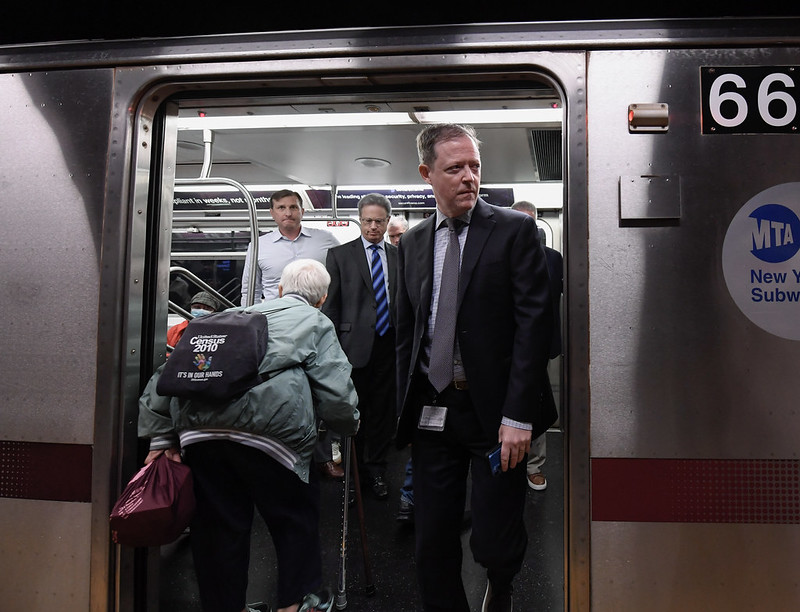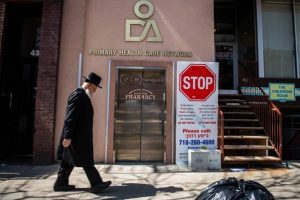by Brendan Kaufman, Staff Writer
On Aug. 20, the Metropolitan Transit Authority (MTA) announced fare increases for New York City subways, buses and railroads. The base fare for subways and buses increased in price by 15 cents from $2.75 to $2.90. This increase has been planned since before the COVID-19 pandemic as part of a plan to increase fares every two years but was delayed due to the pandemic itself.
This fare increase has had an impact on not only the citizens of New York City but anyone and everyone who regularly travels to the city. This includes current and former students of LIU Post.
Senior computer science major Felipe De Figueiredo, who often travels to the city, spoke out about the changes.
“I go into the city about once or twice every week and I usually allocate about 15 to 20 dollars towards public transportation as it is. I use subways all the time so the increase is a little bit noticeable,” Figueiredo said.
Sports management alumni Andrew Scarpaci, whose CBS job requires him to travel to the city for work, is another affected by the fare changes due to his reliance on public transit to get where he needs to.
“I work part-time, usually about two three days a week, though sometimes I work a full five-day 40-hour week. I’m always reliant on transit. I don’t drive in the city, I’ve never driven west of St. Johns and I work in Manhattan so I take the train every time,” Scarpaci said.
The 15-cent increase would make the cost of a two-way trip jump from $5.50 up to $5.80, which is only a 30-cent increase. However, De Figueiredo is less than pleased with the extra money that now needs to be spent.
“I mean it’s bad since I use the subway and the buses a lot and the prices are increasing so I’m going to be spending more money, which isn’t great for me personally. I’m not super thrilled about it and it might make me change my mind about going into the city as often,” he said.

The fare increase did not only apply to the MTA however, as the Long Island Rail Road (LIRR) also increased their ticket fare by 4.5 percent. This results in passengers having to not only spend more on public transit while they’re in New York City, they’ll also need to spend more to travel to the city in the first place if they aren’t local. Scarpaci claims this is where the increase is more likely to affect people.
“The MTA only raised it by 15 cents per ride, which isn’t gonna kill me in the end. But since I’m making minimum wage and I’m spending a third of my paycheck on train tickets, the LIRR rate is over a dollar more per ride and that will add up much faster than the 15-cent increase of the subway,” he said.
In addition to the increase in fare prices, some subway stations will be assigning more security to subway stations. This is being done in an attempt to crack down on fare hopping and improve general safety in subways. However, De Figueiredo doesn’t think this kind of effort is going to change much on either front.
“I feel like it’s a waste of resources since if you want to make people actually pay, they could just lower the price so that people would actually wanna pay. I think that the officers generally don’t care all that much about it anyway for the most part so the city should try putting those officers somewhere else in the city,” he said.
Meanwhile, Scarpaci also pointed out the ineffectiveness of subway security but pointed out the new type of turnstile that’s being placed in addition to the security upgrades.
“It’s not even worth it for them to do that since they have the new turnstiles, where you have to walk through it as opposed to just pushing on the lever. It’s impossible for people to jump and I’ve seen a lot of stations, at least on the line I take, using those kinds instead. The officers that are down there, they really don’t care,” he said.
In spite of these price increases, it’s a necessary evil for most city residents and visitors to have to pay for public transportation due to the convenience and time that gets saved from using it.
Scarpaci points out the issues that would arise should he not rely on public transportation.
“I have to take public transit for work. If the price somehow increased to a completely unreasonable level, then I would have to use my car and I would have to learn how to drive in the city. My car is on its last legs as it is, so I wouldn’t trust driving for more than I need to. To get from my house to here is ridiculous, let alone going into the city,” he said.
New York City residents on campus and LIU students who actively head into the city will be hit by these fare increases, but they feel that the change is not large enough to make a meaningful difference for right now.



Be First to Comment